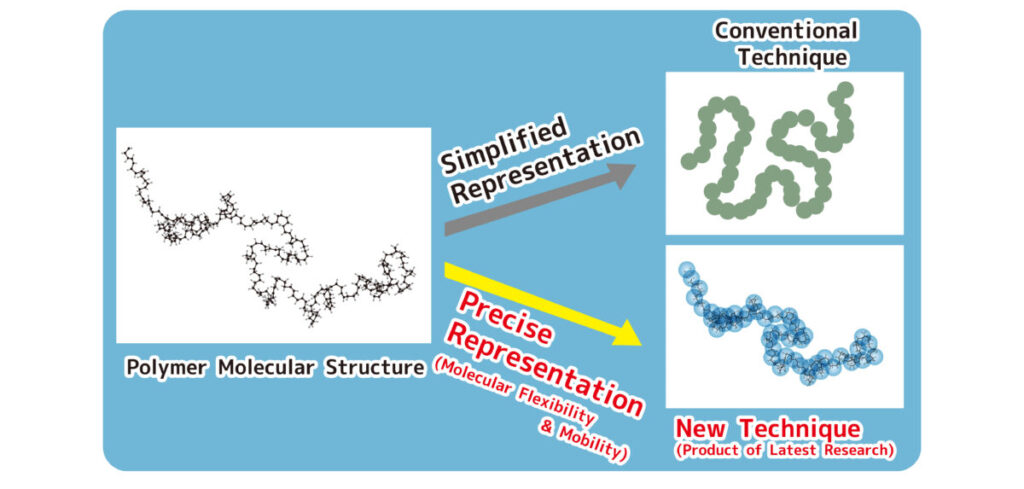Having applied to make use of Japan’s HPCI (High-Performance Computing Infrastructure) for industrial research purposes in early 2021, Sumitomo Rubber Industries says it has been granted one of the first corporate slots to begin utilizing the Fugaku supercomputer once it becomes available for general use by academic and industrial researchers from March 9 this year.
The Fugaku machine was developed to produce world-leading computational results as the successor to the Japanese K computer. It is currently the world’s premier supercomputer in terms of overall capabilities. Equipped with 158,976 central processing units (CPU), it can perform approximately 442 quadrillion calculations per second and was rated as the world’s most powerful supercomputer by TOP500, HPCG, HPL-AI and Graph500 twice in a row (in June and November of 2020).
Sumitomo notes that since it first unveiled its proprietary 4D Nano Design tire materials development technology in 2015, it has been harnessing the system to develop new materials. With the powerful Fugaku supercomputer now at its disposal, the company hopes to make further technological advancements to better respond to the needs of CASE, MaaS and other new automotive innovations.
Sumitomo highlights the work it has recently conducted on the development of what it calls performance sustaining technology, intended to curb the decline in tire performance that occurs over time due to wear and tear. One of the major challenges in developing this technology is that it requires a precise understanding of the chemical changes occurring within rubber at the molecular level during tire usage, so that they can be controlled.
The company recently published a research paper describing a newly established technique for simulating the molecular behavior of rubber materials while accounting for their molecular structures in greater detail. Using the Fugaku supercomputer, it now hopes to push the boundaries of rubber materials simulation technology to accurately simulate not only this molecular behavior, but also actual chemical changes.



